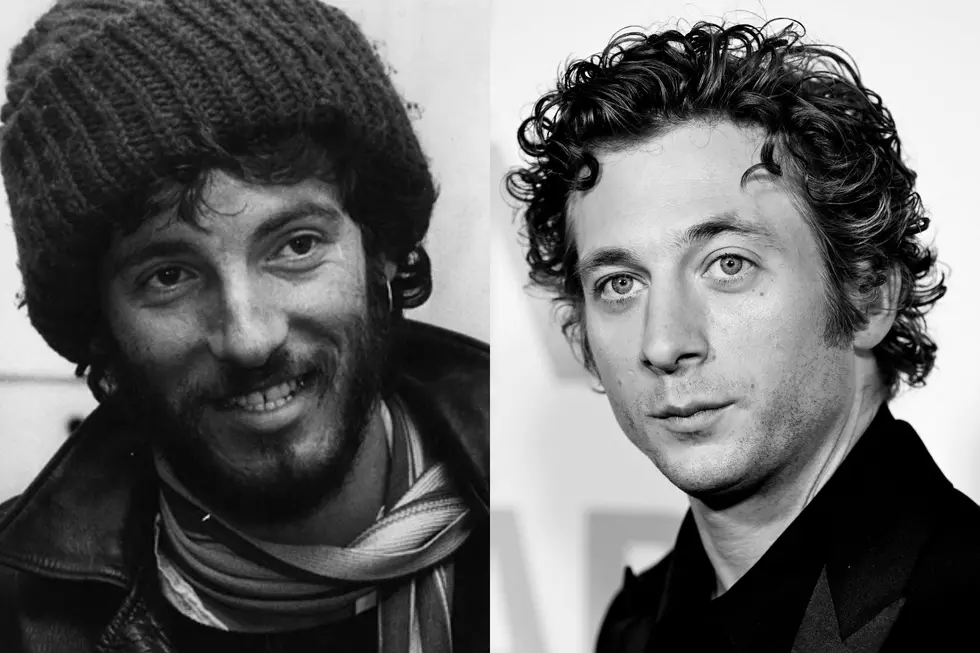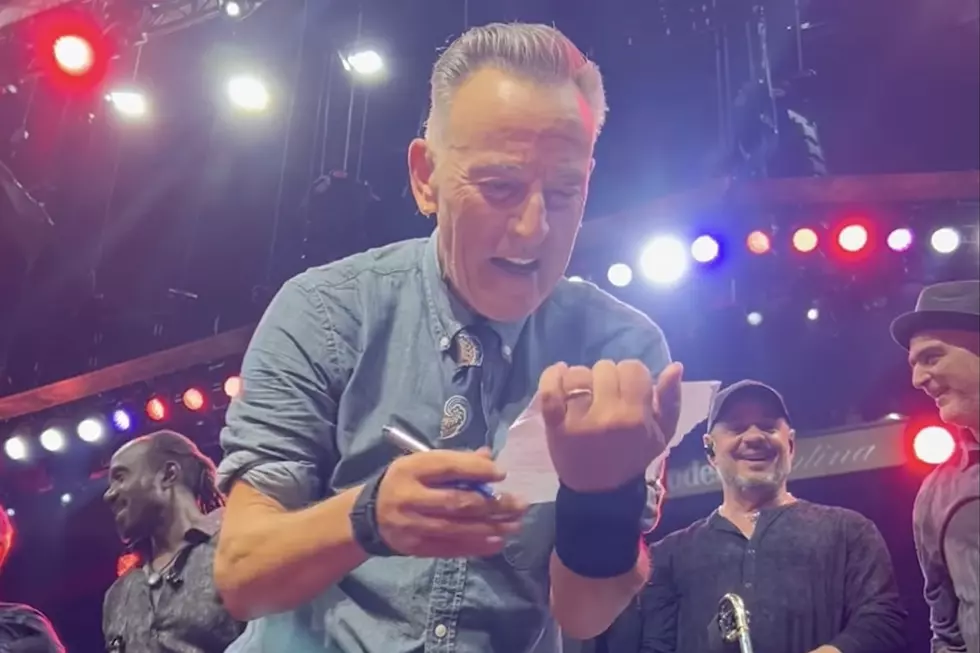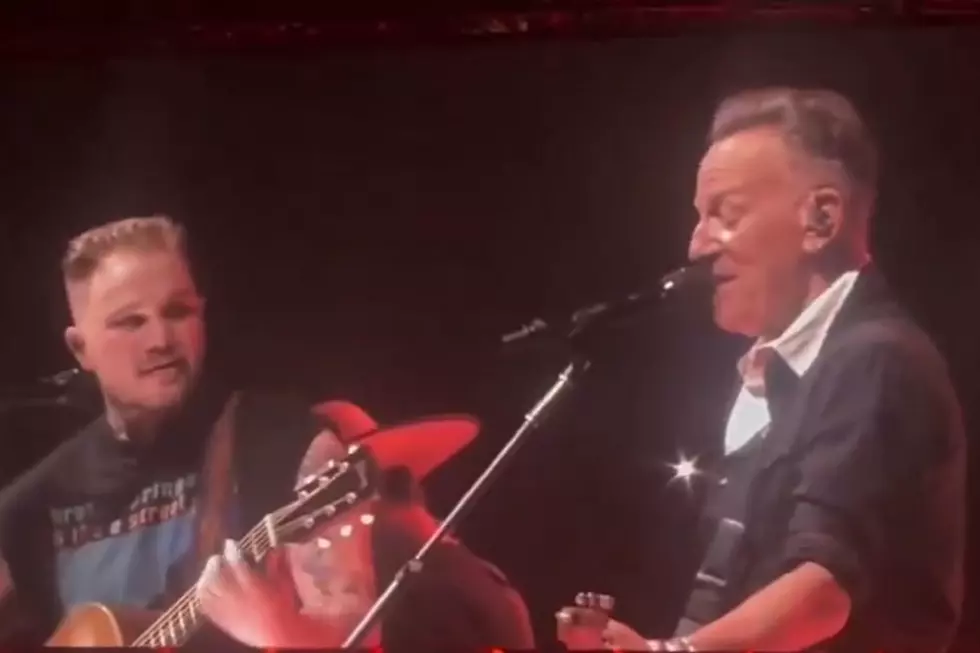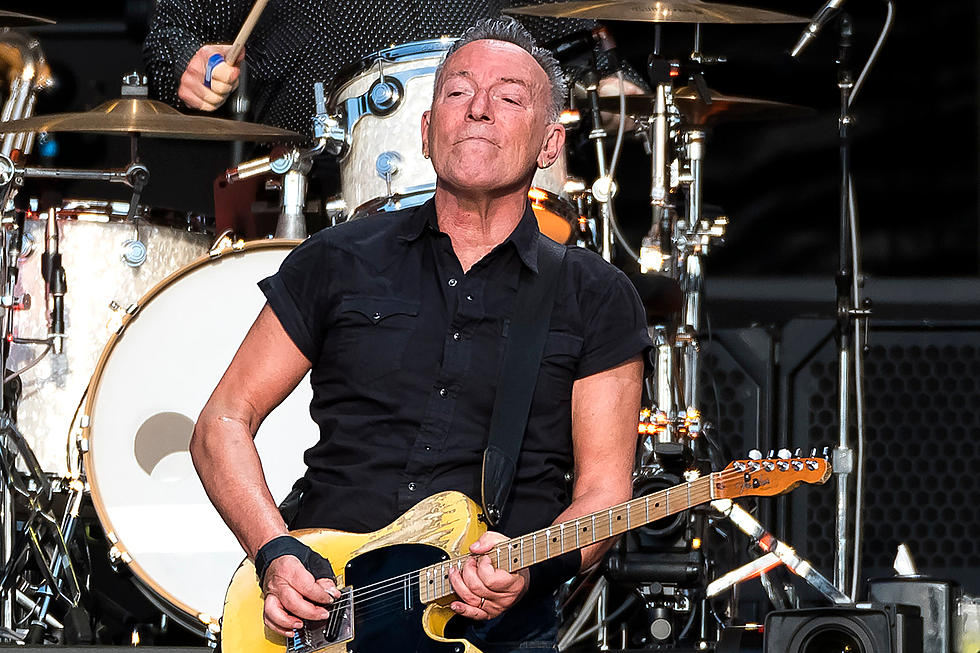
E Street Band Lineup Changes: A Complete Guide
Contrary to the mythology that’s surrounded them for nearly 40 years, the E Street Band were not always Bruce Springsteen’s group from before he became famous. They came together when Springsteen needed a band to record his 1973 debut album, ‘Greetings from Asbury Park, N.J.,’ and he chose a handful of local musicians he had played with over the years. And while we think of the E Street Band as having had a stable lineup, only bassist Garry Tallent has been a part of every E Street Band tour. There have been numerous departures, additions, adjunct members and even a few deaths. With the E Street Band set to enter the Rock and Roll Hall of Fame, we thought we’d present this guide to the men and women who have been proud to call E Street their musical home.
(Note: Our Complete Guide to the E Street Band Lineup Changes refers only to those who have been in the E Street Band. Although there is some overlap, we’re not including those who performed with Springsteen from 1992-93 in support of ‘Human Touch’ and ‘Lucky Town,’ and the Sessions Band with whom he toured in 2005 behind ‘We Shall Overcome: The Seeger Sessions.')
1973 – 1974
The original band was comprised of “Phantom” Danny Federici (organ, accordion), Clarence “Big Man” Clemons (saxophone), Vini “Mad Dog” Lopez (drums), David Sancious (keyboards) and “Mr.” Garry W. Tallent (bass, tuba). Although they wouldn’t be billed as such, they became known as the “E Street Band," in recognition of Sancious’ house on E Street in Belmar, N.J., where the band often rehearsed.
1974
Lopez, who had been with Springsteen since the late-‘60s, was fired in February after getting into a backstage fight with manager Mike Appel’s brother over money. He was replaced by Ernest “Boom” Carter, an old friend of Sancious. This lineup lasted only through the summer, when Carter and Sancious left in August to form Tone, a jazz-fusion group, but not before they had recorded the song ‘Born to Run.’
1974-75
After placing ads in the New York press, Springsteen found his replacements in “Mighty” Max Weinberg and “Professor” Roy Bittan. Even though Sancious had left, the first shows with Weinberg and Bittan represent the first time shows were credited to “Bruce Springsteen & the E Street Band.” This lineup recorded the remaining seven songs on the ‘Born to Run’ album. Suki Lahav, the wife of their recording engineer Louis Lahav, occasionally performed with the group on violin and background vocals before the couple moved back to their native Israel.
1975-84
After providing valuable assistance in the making of ‘Born to Run,’ Springsteen asked his old friend “Miami” Steve Van Zandt to join the band. This is the E Street lineup – Bittan, Tallent, Federici, Weinberg, Van Zandt and Clemons -- that earned its reputation as one of the top live acts in the world. For a couple of tours in 1976-77, the band was augmented by the Miami Horns.
1985-88
During the recording of ‘Born in the U.S.A.,’ Van Zandt left to pursue a solo career. He was replaced by Nils Lofgren, who had fronted Grin and also worked with Neil Young, and Patti Scialfa, a veteran of the Asbury Park scene who would later marry Springsteen. Once again, the Miami Horns were brought in for the 1987 ‘Tunnel of Love Express’ tour.
1995-2000
Wanting to see what other people could bring to his music, Springsteen did the unimaginable and fired the E Street Band after the 1988 Human Rights Now! tour. But the split did not last long. In 1995, he reconvened the group, with Van Zandt welcomed back into the fold, to cut some new tracks for a greatest hits album. Four years later, they embarked on their first tour in 11 years, where Springsteen nightly invoked their intention to revive audiences with "the power and the promise of the majesty, the mystery and the ministry of rock 'n' roll."
2002-07
Soozie Tyrell, a longtime friend of Scialfa who had worked with Springsteen over the past decade, was brought on to play violin, acoustic guitar and provide background vocals on tour. This incarnation of the E Street Band lasted through the first North American leg, when Federici left the band after their Boston concert on Nov. 19, 2007, to undergo treatment for melanoma.
2007-2008
Federici was replaced by Charlie Giordano, a veteran of the Sessions Band. But what was expected to be temporary turned out to be permanent when Federici passed away on April 17, 2008, less than a month after he made a surprise guest appearance with the band in Indianapolis. A video tribute to Federici was shown nightly as the ‘Magic’ tour wound down.
2009
The ‘Working on a Dream’ tour version of the E Street Band grew to 11 members when they added backup singers Cindy Mizelle and Curtis King, partially to cover for Scialfa missing many tour dates due to her staying home and raising her and Springsteen's children. With Weinberg committed to his role as the leader of Conan O’Brien’s house band, he was replaced for a handful of shows by his son Jay. Trumpeter Curt Ramm, another member of the Sessions Band, joined the tour in its last few months.
2013 - present
The death of Clarence Clemons on June 18, 2011, prompted discussion of whether or not the E Street Band should call it quits. But Springsteen’s line from his eulogy, “Clarence doesn't leave the E Street Band when he dies; he leaves when we die,” put an end to that talk. Their tour behind ‘Wrecking Ball’ added a five-piece horn section – Ramm, Ed Manion, Barry Danielian, Clark Gayton and Clarence’s nephew Jake – as well as vocalist Michelle Moore and vocalist/percussionist Everett Bradley. Tom Morello of Rage Against the Machine, who made a handful of cameo performances over the past few years, replaced Steve Van Zandt for their tour of Australia when Van Zandt’s left to film the TV show ‘Lillyhammer.’ Morello will remain in the band for the E Street Band’s tour of Australia, New Zealand and South Africa in spring 2014.
More From Ultimate Classic Rock









